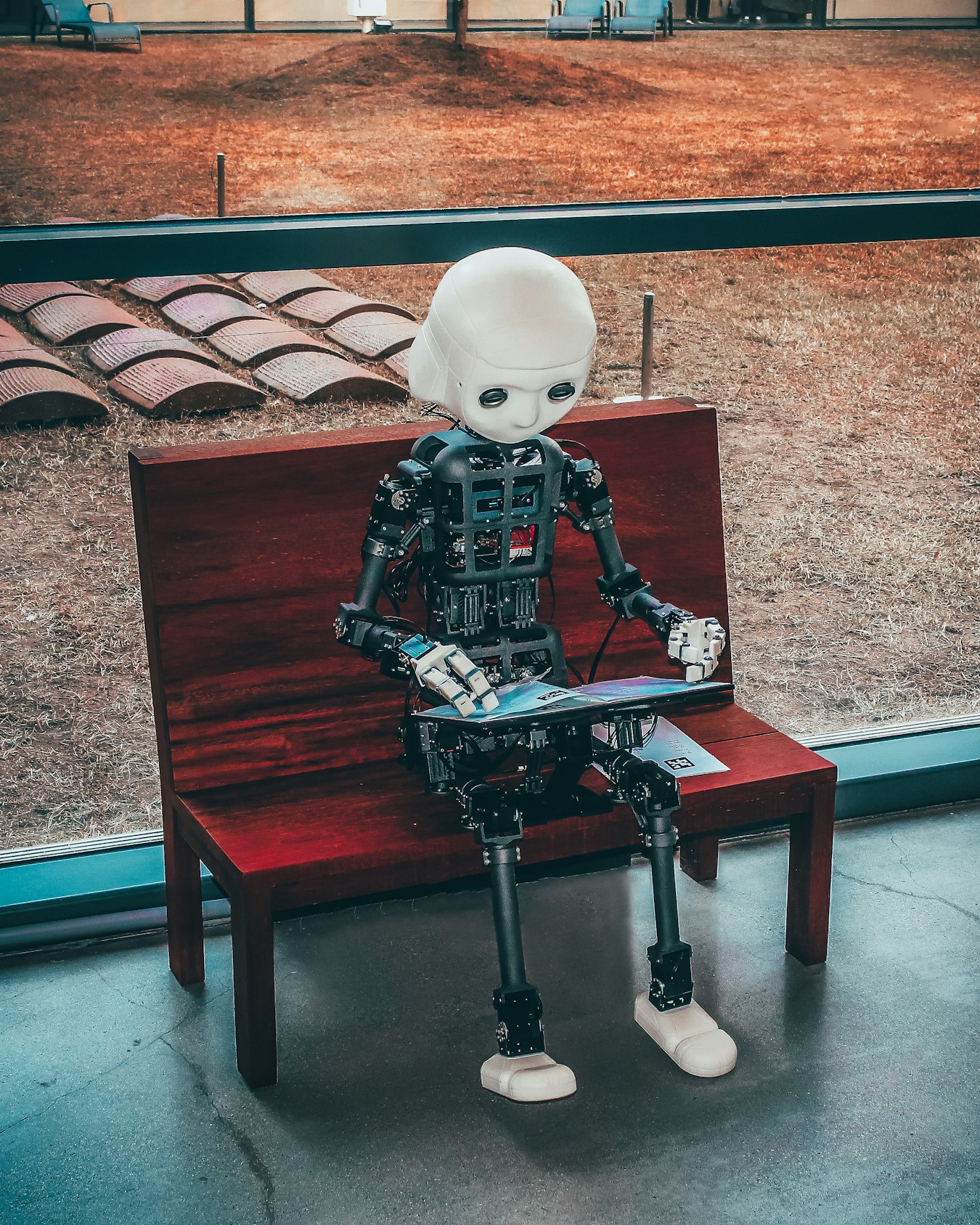Silicon Synapses
How Computers Are Decoding the Brain's Secrets
Navigation
The digital revolution has breached the final frontier: the human brain.
In labs worldwide, silicon and neurons converge, creating unprecedented tools to diagnose Alzheimer's years before symptoms appear, restore vision through brain implants, and simulate entire neural circuits. This fusion of computing and neuroscience isn't science fiction—it's accelerating cures for our most elusive diseases 1 3 .
The New Toolkit: Technologies Rewiring Neuroscience
1. Ultra-High-Resolution MRI: Seeing the Invisible
Traditional MRI scanners (1.5T–3T) blur fine neural structures. Enter the 11.7 Tesla Iseult MRI, capturing brain slices at 0.2mm resolution—revealing individual neuron clusters in just 4 minutes. This leap helps pinpoint early signs of Parkinson's or MS invisible to older machines. Meanwhile, portable helium-free MRI units (like Philips' 1.5T mobile scanner) bring imaging to emergency rooms and remote clinics 1 8 .
MRI Evolution – From Clinic to Cutting Edge
| MRI Type | Field Strength | Resolution | Key Innovation |
|---|---|---|---|
| Conventional Clinical | 1.5T–3T | 1–2 mm | Widely accessible |
| 7T Research Scanner | 7T | 0.5 mm | Fine vessel mapping |
| Iseult Project | 11.7T | 0.2 mm | Single neuron group imaging |
| Hyperfine Portable | 0.064T | 3 mm | Bedside/wheelchair-compatible |
2. AI as a Co-Scientist
AI now predicts brain diseases years in advance:
- Grok's image analysis (backed by Elon Musk) screens MRIs for tumors, though it raises privacy alarms.
- Algorithms segment brain tumors 40% faster than humans, freeing neuroradiologists for complex cases 1 4 .
- TopoNets—brain-inspired neural networks from Georgia Tech—boost processing efficiency by 20% while mimicking biological topography. Their secret? An algorithm called TopoLoss that organizes artificial neurons like real brain circuits 4 7 .

AI systems are becoming indispensable partners in neuroscience research, analyzing complex brain data faster than human researchers.
3. Digital Twins: Your Brain in the Cloud
Imagine a virtual replica of your brain that updates in real-time. Projects like the Virtual Epileptic Patient simulate seizures to optimize surgery. Stanford's EEG-IntraMap software reconstructs deep-brain activity from routine EEGs, tailoring depression treatments by predicting which therapies will work for individual patients 1 8 .
Digital Twin
Personalized brain simulation for precision medicine
Inside a Breakthrough: Teaching AI to "See" Like a Brain
The Challenge
Traditional AI vision relies on rigid filters (Convolutional Neural Networks) or resource-hungry transformers. Neither matches the human brain's efficiency at spotting key details in cluttered scenes.
The Experiment
In April 2025, scientists at South Korea's Institute for Basic Science debuted Lp-Convolution—a method using multivariate p-generalized normal distribution (MPND) to dynamically reshape AI's visual filters. Unlike square CNN filters, Lp-Convolution's stretchable filters mimic how the brain's visual cortex prioritizes relevant shapes 7 .
Step-by-Step: How Lp-Convolution Works
- Training: AI models (AlexNet, RepLKNet) were fed images corrupted with noise to simulate real-world challenges.
- Dynamic Filtering: MPND-adjusted filter shapes horizontally for landscapes, vertically for skyscrapers—mirroring brain flexibility.
- Biological Validation: Mouse brain data confirmed that Gaussian-shaped filters matched neural activation patterns.
Why It Matters
- 25% accuracy boost on noisy images vs. standard CNNs.
- 40% less computational power needed than transformers.
- Potential applications: Self-driving cars spotting pedestrians in fog, or AI detecting subtle tumors in grainy scans 7 .
| Model | Accuracy (CIFAR-100) | Robustness (Noisy Data) | Energy Use |
|---|---|---|---|
| Standard CNN | 78% | Low | High |
| Vision Transformer | 86% | Medium | Very High |
| Lp-Convolution | 92% | High | Medium |
The Scientist's Toolkit: Essential Tech Driving Discovery
Neuroscience now leans on a suite of digital and physical tools. Here's what's powering labs in 2025:
| Tool/Reagent | Function | Example/Innovation |
|---|---|---|
| Ultra-High-Field MRI | Microscopic brain structure mapping | Iseult 11.7T (0.2mm resolution) |
| EEG-IntraMap | Noninvasive deep-brain activity mapping | Stanford's depression therapy predictor |
| Portable TMS | Noninvasive brain circuit stimulation | Stanford's low-cost, clinic-friendly device |
| TopoNet Models | Brain-inspired efficient AI | Georgia Tech's topography-aware algorithms |
| Digital Twin Software | Personalized brain simulation | Virtual Epileptic Patient (seizure prediction) |
Ultra-High-Field MRI
Revolutionary imaging at neuron-level resolution
Digital Twins
Virtual brain models for personalized medicine
TopoNet Models
Brain-inspired AI architectures
Ethical Frontiers: The Brain's Data Dilemma
As neurotechnology advances, critical questions emerge:
- Privacy: Musk's Grok collected user medical images without consent, highlighting risks of unregulated health AI 1 .
- Neuroenhancement: Brain-computer interfaces could create societal divides if only available to the wealthy 1 3 .
- Bias: AI trained on non-diverse datasets misdiagnoses minorities. The NIH Blueprint Initiative now mandates inclusive data practices 3 9 .
Stanford's Wu Tsai Neurosciences Institute exemplifies responsible innovation—pairing tech awards with ethics oversight. Their 2025 grants support democratized tools like a $5,000 portable TMS device for depression treatment 8 .
Ethical Considerations
Current focus areas in neurotechnology ethics
Tomorrow's Brain Lab
The fusion of computing and neuroscience is accelerating toward a future where:
- Digital twins predict Alzheimer's 10 years early, allowing preventative therapies.
- Brain-inspired robots explore Mars using ultra-efficient TopoNet processors 4 .
- Open-source tools like the NIH NeuroBioBank and NITRC democratize discovery 9 .
"We're not just emulating the brain—we're learning why its design works."
For further reading, explore the NIH Blueprint for Neuroscience Research or attend Neuroscience 2025 (San Diego, November 15–19) 5 9 .